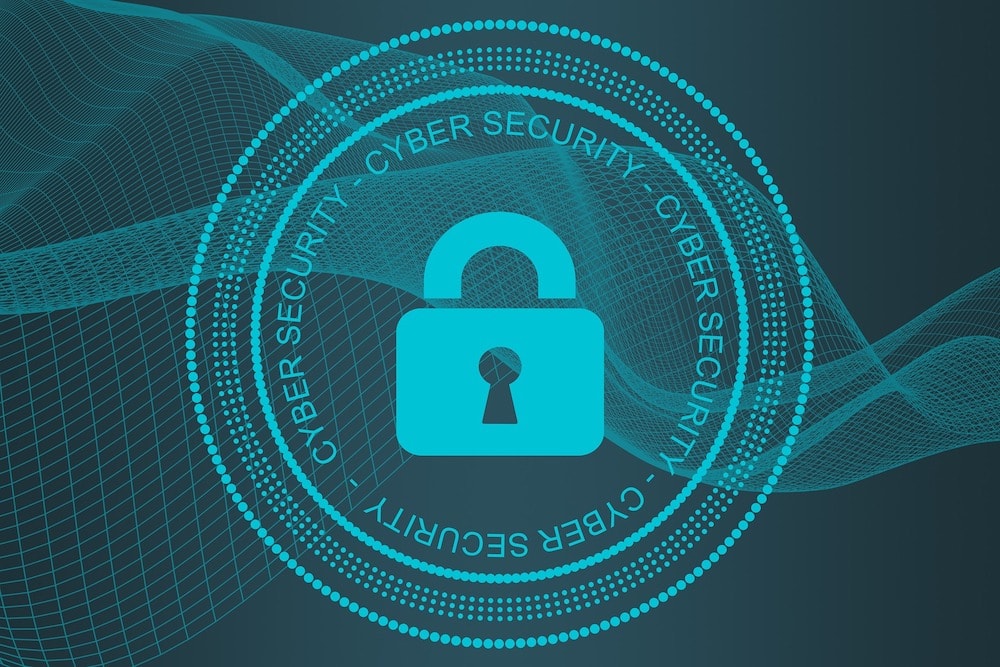Modern CIOs face a challenging task: driving digital transformation and innovation, while protecting the organization from the growing number of advanced cyber threats and attacks. Digital transformation almost always leads to a larger, more varied, and more complex IT landscape. This has a larger attack surface and is often more difficult to manage than a small IT environment.
One of the best ways to keep your digital environment safe is ‘attack surface management’, the top trend in cybersecurity according to Gartner. But what does this concept mean? And why is it important to pay attention to it? You can read it in this blog article.
What is an attack surface?
An attack surface is the sum of the number of IT assets within an organization that have been exposed to any cyber risks. Those parts may have a safe, vulnerable or unknown status. An organization’s attack surface includes IT components that are on-premises, in the cloud, in subsidiary networks, and in third-party environments. An attack surface also changes continuously over time. New applications and systems are added, while others are disappearing.
Wat is attack surface management?
Attack surface management is an ongoing process that helps you assess and classify the security level of your IT ecosystem. We distinguish two categories:
- EASM (external attack surface management) focuses on IT resources exposed to the internet.
- The second consists of IT resources that can only be accessed internally from the organization.
Attack surface management is a method of cyber risk management that is based on five important pillars. We explain them briefly.
- Discovering IT assets
You can’t protect what you don’t know. Many companies still have a surprising number of ‘hidden’ IT resources. Think, for example, of applications or data that are on sites of partner organizations, certain workloads in public cloud environments, IoT devices, shadow IT or accounts of employees who are no longer working within the organization.
- Continuous testing
Nowadays, it is no longer enough to subject IT resources to a security check once in a while. Continuous testing is therefore an essential part of attack surface management.
- Creating context
By looking closely at things like IP addresses, devices and users within the network and the way devices and applications are used, a context is created for scaling cyber risks and vulnerabilities.
- Prioritize risks
Not all cyber risks and attack vectors are equally dangerous or urgent. Attack surface management helps you to correctly assess threats. The result? Fewer false positives and more insight into which threats pose the biggest business and continuity risks.
- Remediation
When you have a good picture of your attack surface thanks to the first four pillars, attack surface management also ensures the remediation of vulnerabilities and security problems. Here too, the wisdom of part four applies: first tackling what has the highest priority from the point of view of risk management.
Why attack surface management is important
Attack surface management is especially important because it provides an integral framework for a continuous safety policy. Security is not a snapshot, but an ongoing scan in real time. Enormously important, since modern cyber threats often change shape like a true digital chameleon at lightning speed. In addition, attack surface management also focuses very explicitly on the dangers and vulnerabilities that arise from unknown quantities within the network. Think of outdated software and hardware, external devices and users, supply chains and applications that are still part of your IT landscape, but are hardly used anymore.
Apply attack surface management? INTERMEDIATE helps you further!
Would you like to get started with attack surface management and gain more insight into the vulnerability and security level of your IT environment? At INTERMEDIATE you will find the professional who can advise you on an integrated approach in the field of information security. Curious about the possibilities?

